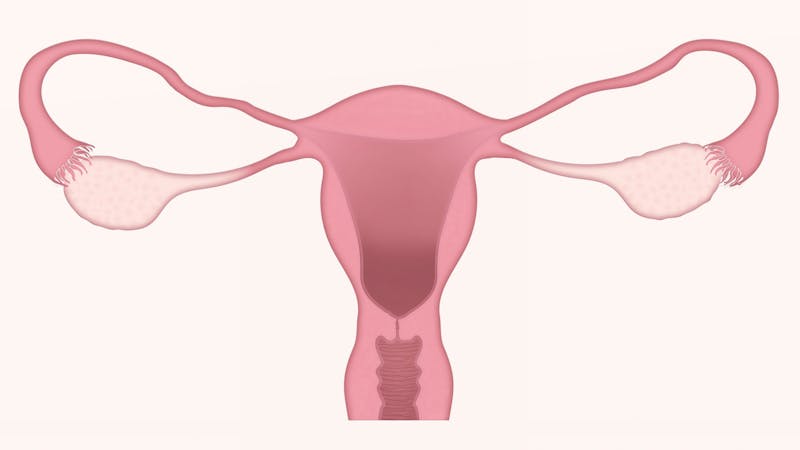Hysterectomy

Hysterectomy is the surgical procedure to remove woman’s uterus (womb).The uterus is a hollow organ where baby grows when woman is pregnant. Once hysterectomy is done, you will no longer be able to get pregnant.
Why is a Hysterectomy performed?
Your health care provider might recommend you hysterectomy, if you have any of the following:
- Cervical or uterine cancer
- Uterine prolapsed (condition in which uterus drops into vagina due to weakened support muscles)
- Endometriosis (the inner lining of the uterus grows outside of the uterine cavity)
- Abnormal vaginal bleeding
- Uterine fibroids

Types of Hysterectomy:
Total hysterectomy: During a total hysterectomy, the entire uterus including the cervix is removed.
Supracervical hysterectomy: During a supracervical hysterectomy, the main body of the uterus is removed, leaving the cervix in place.
Hysterectomy with bilateral salpingo-oophorectomy: In this type, uterus, fallopian tubes and cervix are removed.
Radical hysterectomy: Radical hysterectomy involves the removal of uterus, cervix, ovaries, and both fallopian tubes and nearby tissues.
How is a Hysterectomy performed?
There are 3 ways a hysterectomy can be performed, including:
Laparoscopic Hysterectomy
During Laparoscopic hysterectomy (or minimally invasive hysterectomy) uterus is removed through very small incisions on the lower abdomen. It is performed using a tiny instrument called laparoscope, inserted through a small incision in the tummy. A laparoscope is a thin tube with high intensity light and a tiny video camera at the front that allows surgeon to see the internal organs. Other instruments are then inserted through another incision in abdomen or vagina to remove the uterus.
Vaginal Hysterectomy
In Vaginal hysterectomy, the womb and cervix are removed through vagina. The incision is made in the top of vagina so there occur no visible scarring with this surgical approach. It is appropriate for conditions like uterine prolapse, endometrial hyperplasia and cervical dysplasia.
Abdominal Hysterectomy
During an abdominal hysterectomy, uterus is removed through an incision in the lower abdomen. The incision may be vertical, from the navel to the pubic hairline or horizontal, made directly above the pubic hairline. This procedure takes about an hour. After the uterus is removed, incision is stitched up.
After Surgery
After your hysterectomy, you may need to stay in the hospital for a few days. You’ll be asked to walk around the hospital as it prevents blood clots in the legs. You’ll be given medications to relieve pain. Also, it is normal to have vaginal bleeding or brown discharge after surgery. Recovery time is often shorter with Vaginal or Laparoscopic surgery (around 3-4 weeks). Whereas, recovery time is little longer with abdominal hysterectomy (around 6-8 weeks).
DISCLAIMER
This web page provides general information and discussions about health, medicine and related subjects. The information and other content provided on this website, or in any linked materials, are not intended and should not be construed as medical advice, nor is the information a substitute for professional medical expertise or treatment.
The content is for information purpose only and is not a medical advice. Qualified doctors have gathered information from reputable sources; however Credence Medicure Corporation is not responsible for errors or omissions in reporting or explanations. No individual should use the information, resources and tools contained herein to self diagnose or self treat any medical condition.
If you or any other person has a medical concern, you should consult with your health care provider or seek other professional medical treatment. Never disregard professional medical advice or delay in seeking it because of something that have read on this blog or in any linked materials. If you think you may have a medical emergency, call your doctor or emergency services immediately.
The opinions and views expressed on this blog and website have no relation to those of any academic, hospital, health practice or other institution. Credence Medicure Corporation gives no assurance or warranty regarding the accuracy, timeliness or applicability of the content.
